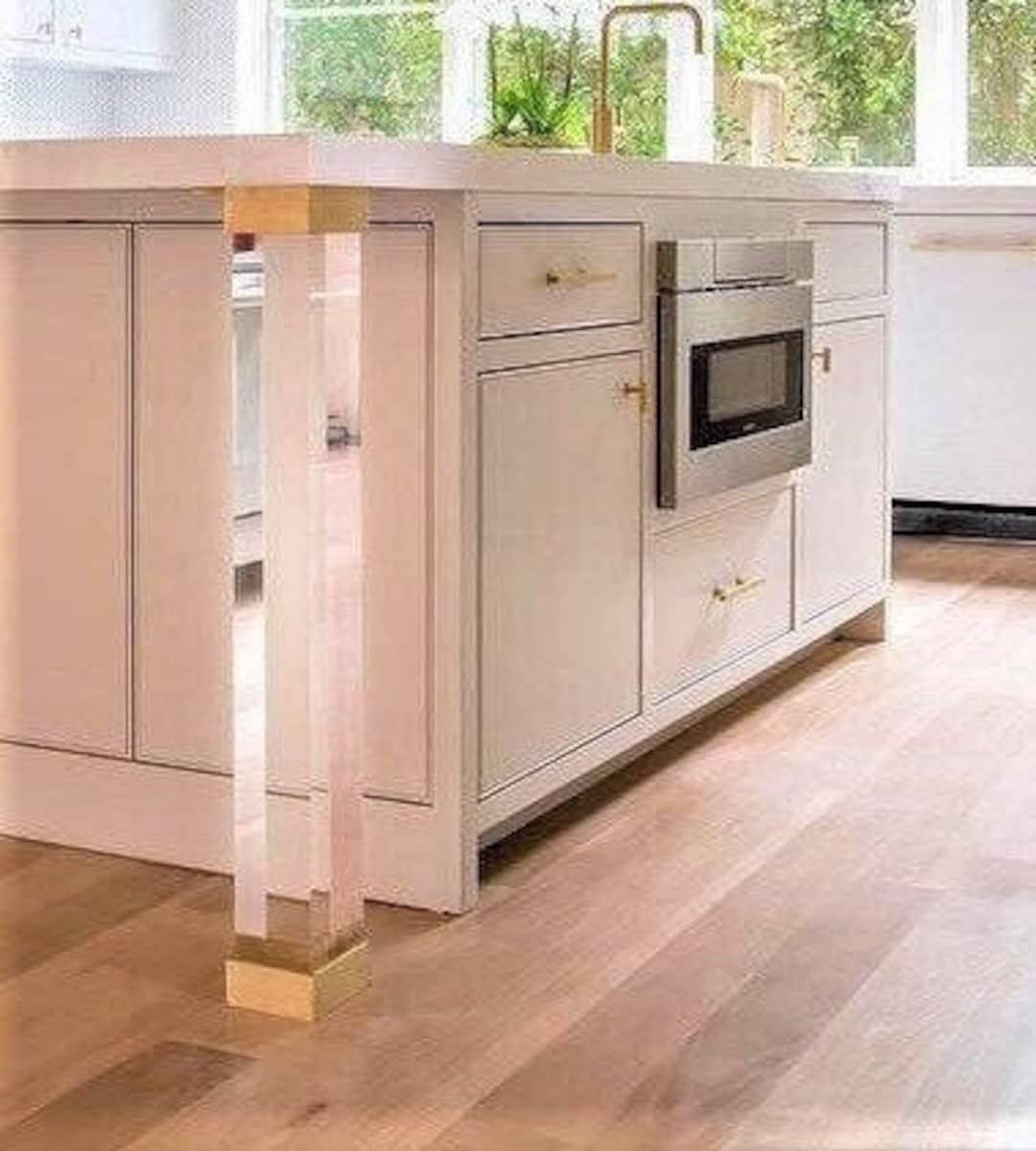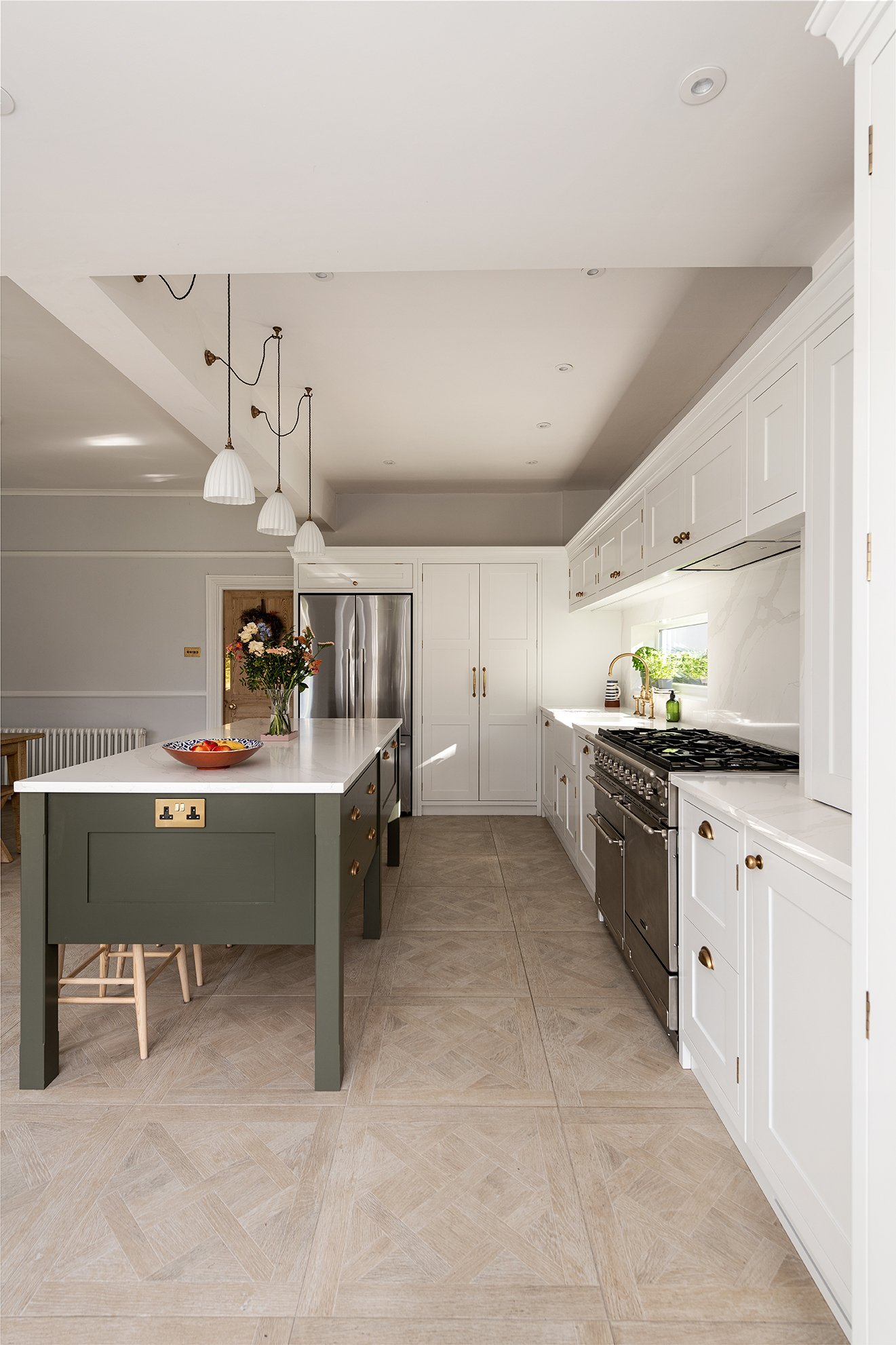Accomplish the Perfect Equilibrium of Type and Feature with Legs For Kitchen Island
Accomplish the Perfect Equilibrium of Type and Feature with Legs For Kitchen Island
Blog Article
Crucial Aspects to Take Into Consideration When Selecting Legs For Kitchen Area Island
Choosing the ideal legs for a cooking area island includes a careful assessment of numerous variables that can dramatically affect both capability and visual appeal. Among these, the option of material plays a critical function in making certain resilience, while the style must enhance the existing decoration. Moreover, considerations such as height and weight support are crucial for stability and convenience. As we check out these aspects, it comes to be clear that each decision can have far-ranging implications for the overall kitchen experience. What subtleties should be thought about in each of these classifications to attain the perfect balance?
Material Options
When selecting legs for a kitchen area island, comprehending the different product alternatives is crucial for attaining both visual charm and structural integrity (Legs For Kitchen Island). The selection of product considerably affects not just the durability of the island yet also its total layout and functionality
Timber is a preferred selection, supplying heat and flexibility. Solid hardwoods, such as oak or maple, offer toughness and can be tarnished or painted to match the kitchen area decor. Steel legs, commonly made from stainless steel or wrought iron, contribute a modern-day and commercial feeling while ensuring resilience and security. These materials are immune to put on and can support substantial weight, making them ideal for larger islands.
Another alternative is engineered products, like MDF or plywood, which can be a lot more affordable while still offering a variety of surfaces. They may not provide the exact same level of stability as strong wood or metal. Legs For Kitchen Island. Materials such as acrylic or glass can create a contemporary appearance, though they might need additional assistance to ensure security.
Ultimately, the option of product for cooking area island legs must line up with the preferred functionality and the general theme of the cooking area.
Style and Style

When considering style, the shape and coating of the legs are essential. Tapered legs can give a feeling of lightness and style, while thicker, much more durable legs can convey toughness and stability. In addition, the finish-- be it painted, stained, or all-natural-- must enhance the kitchen cabinetry and kitchen counter materials to produce a unified look.
Moreover, the layout of the legs can additionally mirror individual preference. Custom-made or attractive legs, such as those featuring intricate makings or special geometric shapes, can act as prime focus, adding character and individuality to the cooking area. Eventually, the ideal selection will not just boost capability but also elevate the visual charm, making the kitchen island a standout attribute of the home.
Elevation Factors To Consider
Picking the ideal height for kitchen area island legs is vital, as it directly influences both capability and convenience. The basic elevation for a cooking area island usually varies from 36 to 42 inches, straightening with common counter top elevations. A 36-inch height is optimal for cooking and cooking, enabling comfortable usage of cooking area home appliances and tools. On the other hand, a height of 42 inches is often preferred for islands meant for bar seating, suiting taller feceses and providing an informal eating experience.

It is likewise important to make up individuals' heights and preferences. Customizing the elevation can ensure a comfy experience for all family members, making the kitchen area island a more functional and pleasurable room.
Weight Assistance
Making sure adequate weight support for kitchen area island legs is vital for both safety and capability. The kitchen area island often serves multiple functions, including cooking, dining, and extra storage, necessitating a robust assistance structure. When picking legs, it is crucial to take into consideration the general weight ability needed based on the island's intended use and the products that will certainly be put on it.
The option of product for the legs plays a substantial function in their weight-bearing abilities. Solid wood, metal, and heavy-duty composites normally supply superior stamina contrasted to lighter products. Additionally, the style of the legs-- whether they are directly, tapered, or have a pedestal kind-- can affect their capability to disperse weight successfully across the structure.
Additionally, the leg placement must be strategically intended to improve stability. Legs placed at the corners or with a wider base can much better support much heavier loads. Always speak with the manufacturer's requirements pertaining to tons restrictions to make sure that the legs can maintain the intended weight without jeopardizing safety and security. In summary, selecting kitchen island legs with ample weight assistance internet is crucial for developing a functional and safe culinary room.
Setup and Upkeep
Proper installment and upkeep of cooking area island legs are essential for making sure durability and security. To start, it is necessary to follow the manufacturer's standards throughout installation. This typically involves safeguarding the legs to the space station making use of ideal bolts, guaranteeing that the legs are level and straightened. Making use of a level device can aid avoid tottering and enhance the overall aesthetic allure of the cooking area island.
Once mounted, routine upkeep is required to maintain the stability and appearance of the legs - Legs For Kitchen Island. For wooden legs, regular cleansing with a wet straight from the source cloth and application of suitable timber gloss can protect against wetness damage and keep their coating. Steel legs might require a gentle cleaning solution to remove grease and crud, followed by a dry cloth to stop corrosion formation
Additionally, examine the legs consistently for indicators of wear or damages, such as splits or loose joints. Tightening up screws or screws as needed can likewise prolong the life-span of the legs. By adhering to these installation and upkeep techniques, house owners can ensure that their kitchen island stays strong and aesthetically appealing for years to come.
Final Thought

Visual comprehensibility is paramount in choosing the style and style of legs for a kitchen island, as these aspects substantially affect the total setting of the area. Conical legs can offer a feeling of agility and elegance, while thicker, a lot more durable legs can convey toughness and security.Picking the ideal height for kitchen island legs is crucial, as it straight impacts both functionality and convenience. In summary, selecting kitchen island legs with appropriate weight assistance is vital for producing a safe and practical cooking area.
In final thought, selecting click here for info legs for a kitchen island demands cautious consideration of various factors, consisting of material alternatives, style, height, weight support, and setup.
Report this page